Visible light wireless communication, also known as "light fidelity technology", English name LightFidelity (LiFi) is a new wireless transmission technology that uses visible light spectrum (such as light emitted by a light bulb) for data transmission. Mobile communication by the School of Electronics and Communication, University of Edinburgh, UK The chairman of the department, the German physicist Harald Hass (Harald Hass) professor invented.
LiFi uses a built-in device (ubiquitous LED light) to form a device similar to an AP (WiFi hotspot) by implanting a tiny chip on the bulb, allowing the terminal to access the network at any time. The technology transmits data by changing the blinking frequency of the room lighting. As long as the lights are turned on indoors, the Internet can be accessed without WiFi.
LiFi uses visible light to achieve wireless communication, that is, the use of electrical signals to control the high-speed flickering signals from the light-emitting diodes (LEDs) that are invisible to the naked eye to transmit information.
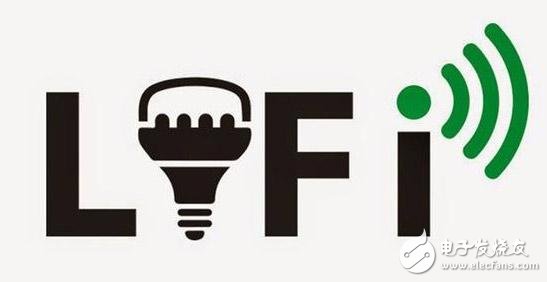
more convenient:
It does not rely on radio waves and does not generate electromagnetic interference. Therefore, if you want to connect to the Internet on the plane, you don't have to shield the electronic equipment. This is a big positive news. In addition, the principle of LiFi technology is more or less similar to the Morse code, and it is more convenient to connect to the Internet than WiFi in remote areas.
So LiFi can be applied to unexpected places, such as coal mines, where coal miners can use Lifi to use geolocation systems, make phone calls or surf the Internet.

safer:
Information flow is transmitted in the light, data transmission occurs directly, and data leakage becomes impossible.
Because of this advantage of LiFi, some nuclear power plants and industrial bases in France have been attracted by LiFi technology, and the French power group OpTImal soluTIons is one of them. Fabien Ruiz, the company's innovation director, explained that at present, France prohibits the use of WiFi in nuclear power plants, even in the French power group office buildings and power stations. The reason is that these places are large in size and the walls are very thick. It is relatively complicated to want full WiFi coverage, but more importantly, these places are sensitive from a security perspective.
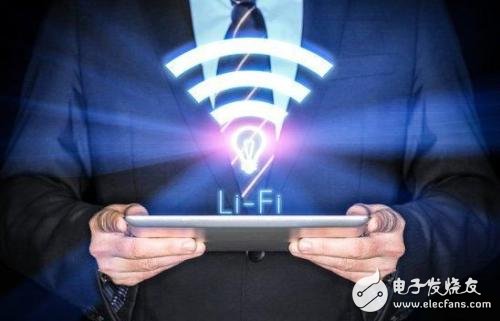
More environmentally friendly:
For people with electromagnetic allergies, LiFi can be described as a gospel because it does not have electromagnetic wave effects and can be applied to the medical community. A small town in the western part of Washington State, 350 kilometers away, has no electromagnetic waves and is a natural haven for patients with electromagnetic allergies. LiFi technology is currently being considered.
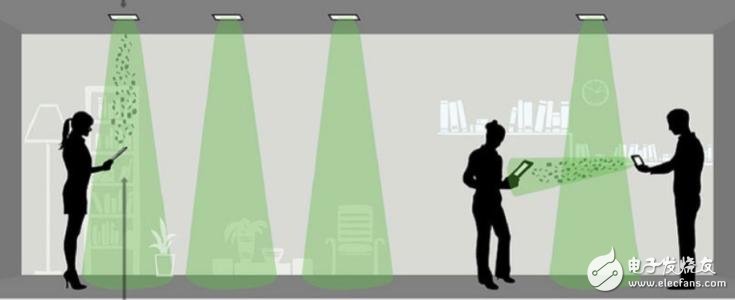
Faster:
From a speed perspective, Lifi is also better than WiFi, with a rate 10 times faster than WiFi.
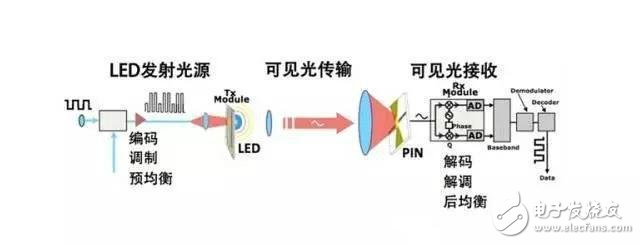
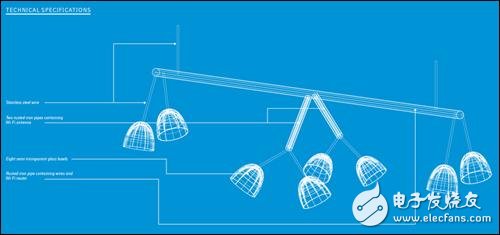
Reverse communication:
The signal emitted from the LED bulb to the photodiode on the mobile phone only solves half of the problem. How to get back from the mobile phone to ensure the communication link is smooth (of course, it can be supplemented by radio communication, but this makes it difficult to standardize this technology. ). No one wants their mobile phone to have a big light bulb while watching the video.
Environmental interference:
Ambient light sources sometimes work in the same spectral band. If the ambient light source is strong, it is very likely that LiFi will not communicate properly due to poor signal/to-noise ratio (SINR). When you can tolerate too much sunlight, there is no way to communicate properly in the house - yes, the infrared remote control in your hand may fail when the sun is too strong, and LiFi is the same.
Communication distance:
Although there are papers in the lab claiming that communication can reach 1 Gbps of bandwidth, this is actually difficult to achieve in an installation environment where there is generally no expert guidance. The bandwidth that can be expected should be in the Mbps range.
Competitive technology:
And unlike the LiFi claimant, radio communication can't do the advantages of LiFi. In fact, the WiFi Alliance is developing a new standard 802.11ad, which also has a large bandwidth (~7Gbps) and distance at 60GHz. Short (~10m), good confidentiality (can not pass through the wall) and so on. Personal experience, to know whether a technology is good, not only to listen to the technical advocates, but also to listen to the technical competitors.
Related technology:
Engaging in visible light communication means that the products that are made must not only meet the communication standards, but also conform to the technical specifications of visible light. Related products need to have more certification work to do, which may not be completed in one or two years. And how to connect the communication network to each light bulb by wire is not so simple. It is more promising to be combined with power line communication (PLC).
standardization:
At present, 802.15.7 has just started or even has a unified standard. There is still a long way to go before it can form an influential industry, which is not something a company can do. At present, there is still a lack of heavyweight companies in the industry chain.
Insulated Power Cable,Bimetallic Crimp Lugs Cable,Pvc Copper Cable,Cable With Copper Tube Terminal
Taixing Longyi Terminals Co.,Ltd. , https://www.txlyterminals.com